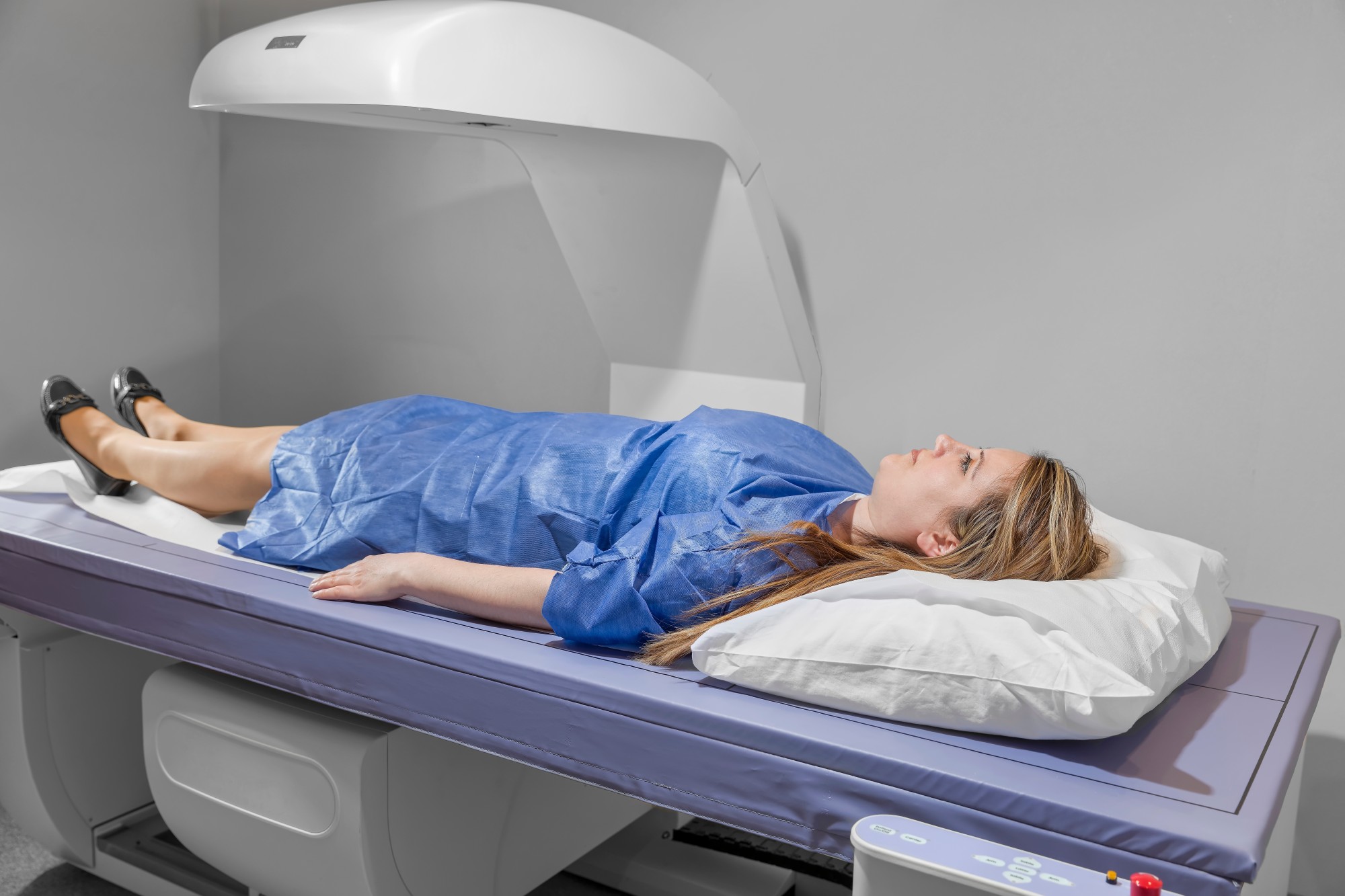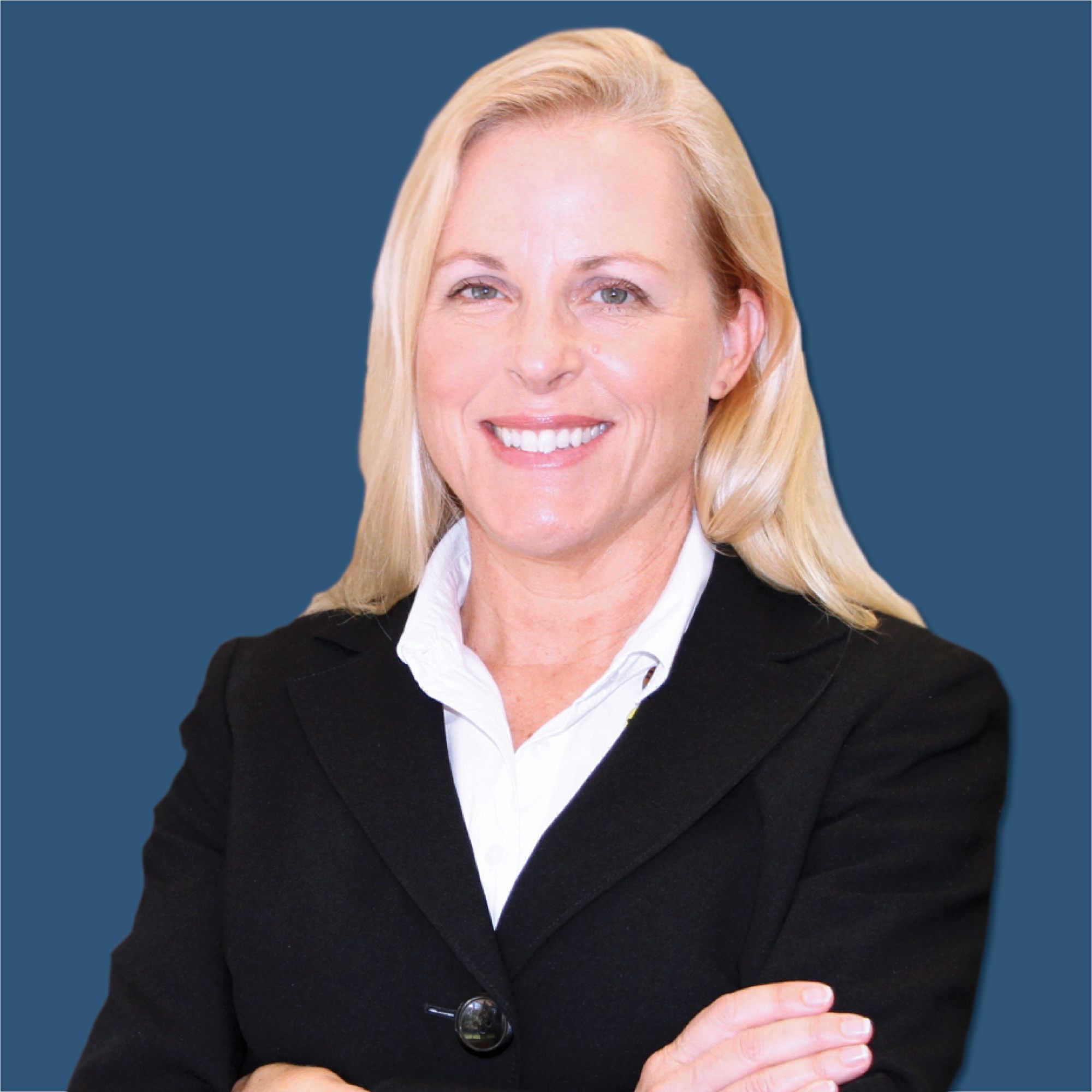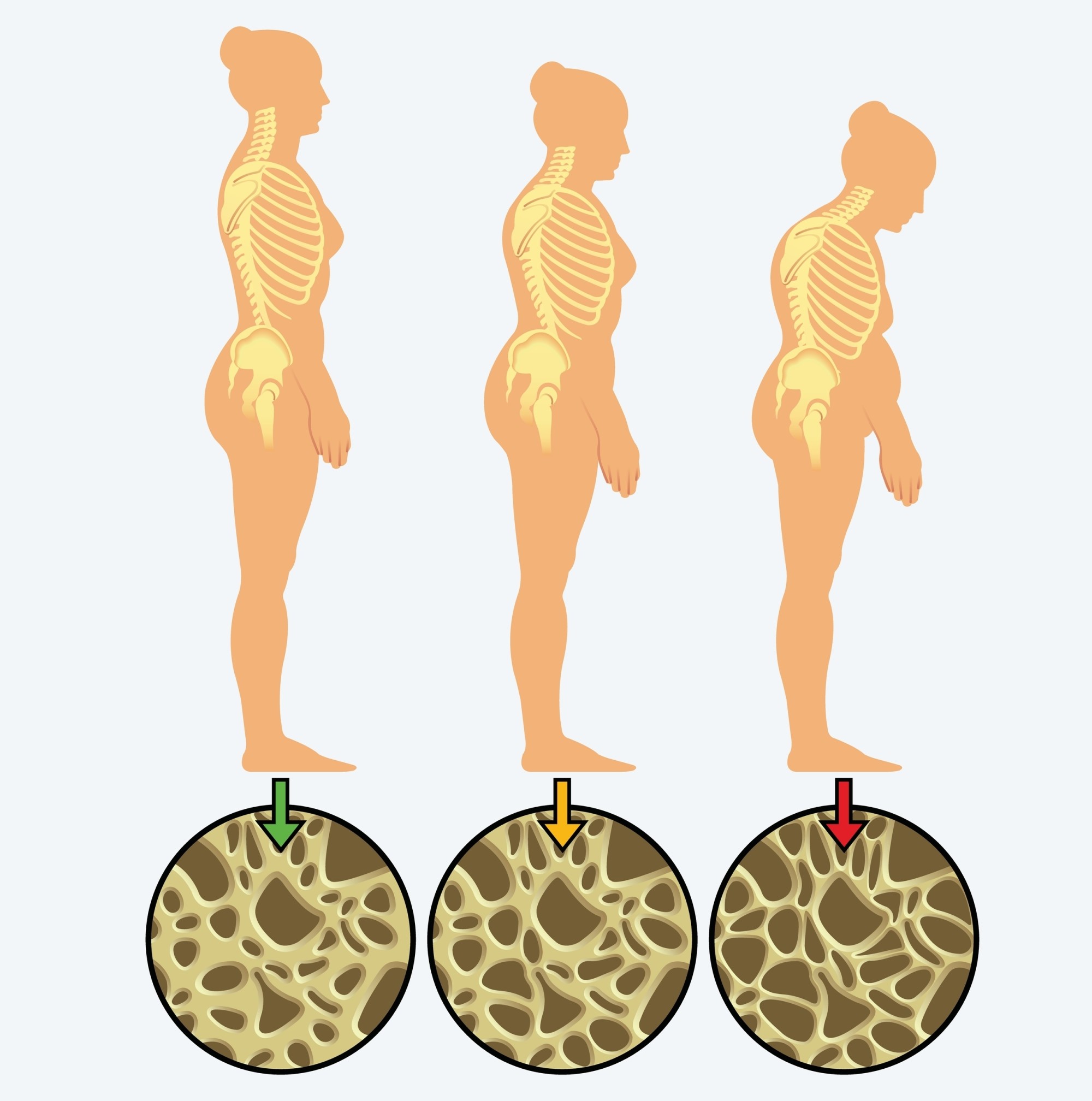
Osteoporosis and ageing: how a bone density scan can measure your risk of suffering it, and how regular exercise can lower that risk
- A physiotherapist explains the benefits of having an early bone density scan, and how exercise can help men and menopausal women lower the risk of osteoporosis
- One in three women and one in five men over 50 will suffer a broken bone because of osteoporosis; early screening can alert sufferers
It is getting easier to talk openly about menopause – and that is good for women’s health, including their bone health.
Menopause can significantly speed up bone loss and increase osteoporosis risk. When the subject was taboo, it was not easy to make such connections.
Gould founded Prohealth Posture Plus in 2007 in Hong Kong’s Central district. Two years ago, she set up a bone density clinic. Such is the demand that recently the clinic expanded.

While menopausal women are at higher risk, bone weakening may affect men, too, and people of all ages.
The non-profit Switzerland-based International Osteoporosis Foundation (IOF), the world’s largest NGO dedicated to osteoporosis and fracture prevention, recommends a five-step approach to bone health:
-
Have a nutritious, balanced diet that includes enough calcium, protein and vitamin D
-
Maintain a healthy body weight (being underweight, with a BMI below 19kg/m², is a risk factor)
-
Exercise regularly
-
Know your personal risk factors, and get a bone density scan – also called a bone mineral scan, bone densitometry, DEXA or DXA – if a doctor recommends it
Want to avoid hip fracture? How to treat and prevent osteoporosis
Despite recent research highlighting the benefits of exercise in improving bone density, it is often overlooked. At a regional osteoporosis conference in Hong Kong in October, Gould said there was just a passing mention of the value of exercise. The focus was instead on medication.
At the conference, she presented a poster highlighting four rather unusual cases of osteoporosis, three of which probably would not have been referred for a bone density scan (DXA) to screen for it: a young man with a brain tumour, a young woman, a 50-year-old peri-menopausal woman and a 58-year-old breast cancer survivor.
The medication given to breast cancer patients is known to affect bone density, so probably only the cancer patient would have been screened.

In Hong Kong, the government will pay for a DXA scan for those over 65. But waiting until that age means that if you do have bone weakening or loss, you will have lost valuable time in addressing the issue.
“Get a DXA done at 30. If it’s good, great, then you don’t need to do it for 10 years,” says Gould.
How to ease menopause transition symptoms through diet, and what to avoid
Gould’s bone density clinic offers Onero, an exercise programme supported by science that is designed to prevent fractures by stimulating bone development and preventing falls.
Developed in Australia, Onero was formulated based on findings from randomised controlled trials conducted at Griffith University in Queensland under the supervision of Professor Belinda Beck. The results were published in the Journal of Bone Mineral Research in 2018.
One, referred to as Liftmor (for Lifting Intervention For Training Muscle and Osteoporosis Rehabilitation), involved post-menopausal women with low bone mass; it found high-intensity resistance and impact training (HiRIT) enhances bone strength and functional performance.

The other, Liftmor-M (for men), involved men over 45 with low bone density. It also found HiRIT was well tolerated and improved bone, function and fracture risk.
“The results were overwhelmingly positive with significant improvements in bone mineral density and functional measures for balance, muscle strength and posture over an eight-month period,” says Gould.
“Even more importantly, they were able to decrease the number of falls compared to the previous 12 months, and very few minor injuries were reported.”

Gould notes that you do not need to visit her clinic to tap Onero’s benefits; it is available online, at onero.online, to do in the privacy of your own home for about A$5 (US$3.35) a week.
Gould is passionate about bone health and getting the message out about the benefits of exercise.
She is collecting data from her clients – using the DXA scan as a baseline measurement and then testing again after a year on the Onero programme, as well as doing functional tests, testing for balance, muscle strength and posture.
She plans to present her findings at the next regional osteoporosis conference.
“People are becoming more aware of how their bone density can affect their quality of life, and when there is a problem they are looking for a way to actively combat bone loss,” says Gould.
“This is not something that just affects women; men are impacted as well.”

